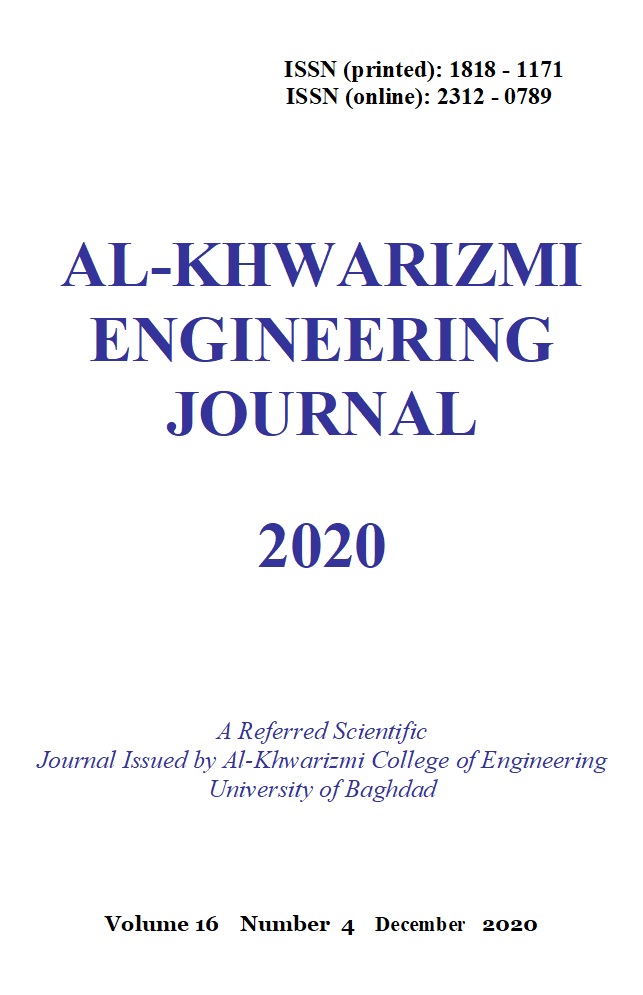Studying the Radial and Tangential Velocity Components of the Epithelization Healing Post Photorefractive Keratectomy Surgery of the Human Eye
DOI:
https://doi.org/10.22153/kej.2020.09.003Abstract
Photorefractive keratectomy (PRK) is the refractive technique that began with a physical scraping of the epithelial layer of cornea subsequent by laser treatment. Post this procedure to about 48 hours the removed epithelial layer regenerated to protect the eye again. The regeneration process (called re-epithelization) started from the limbus of the cornea toward the central part of it. The re-epithelization mechanism consists of a change in cell density (mitosis) and cell concentration (migration) with a velocity in two directions: radial and tangential. In the present study, an estimation for both radial (responsible for the overlapped layers toward the outward direction of the cornea) and tangential components (contour shape wave from limbus to the center) has been done for the first time, not like the previous studies that always estimate the velocity values of the re-epithelization only. Results showed that the trend shape of both components agrees with the kinematic behaviour of the mitosis and migration, where the maximum cell density fluctuated toward the central part in exponential decay shape. For a healing diameter of 2mm, the maximum redial velocity was 16.85 µm/h, while the maximum tangential velocity was 55.48 µm/h. These two components give a speed of re-epithelization of 58 µm/h which agrees with the biological and practical healing speed measured of 60 µm/h. Estimating these two components will open the way to understand the relationship between the total epithelial layer required and the total healing time to control the medication period for the patient post-surgery.
Downloads
Downloads
Published
Issue
Section
License
Copyright: Open Access authors retain the copyrights of their papers, and all open access articles are distributed under the terms of the Creative Commons Attribution License, which permits unrestricted use, distribution, and reproduction in any medium, provided that the original work is properly cited. The use of general descriptive names, trade names, trademarks, and so forth in this publication, even if not specifically identified, does not imply that these names are not protected by the relevant laws and regulations. While the advice and information in this journal are believed to be true and accurate on the date of its going to press, neither the authors, the editors, nor the publisher can accept any legal responsibility for any errors or omissions that may be made. The publisher makes no warranty, express or implied, with respect to the material contained herein.
















